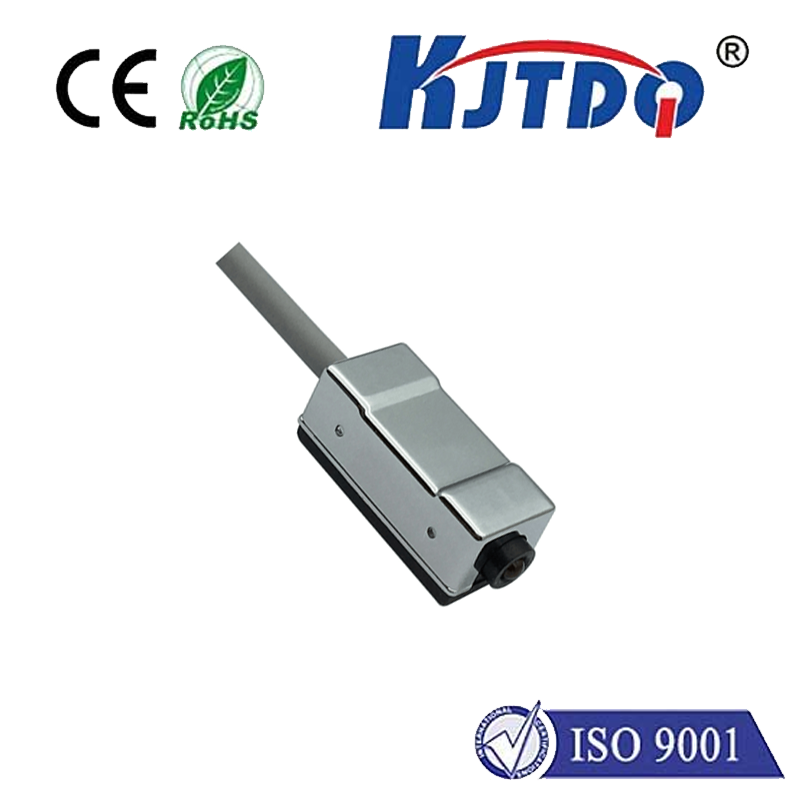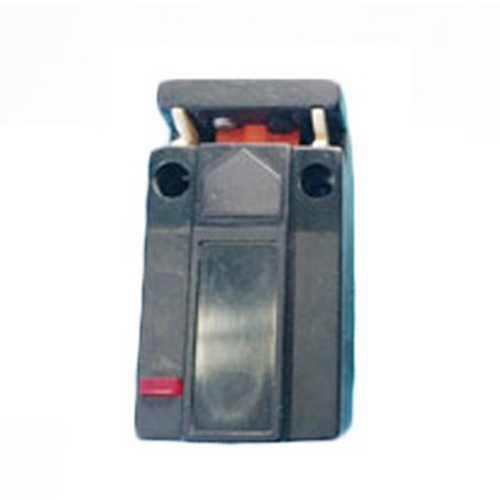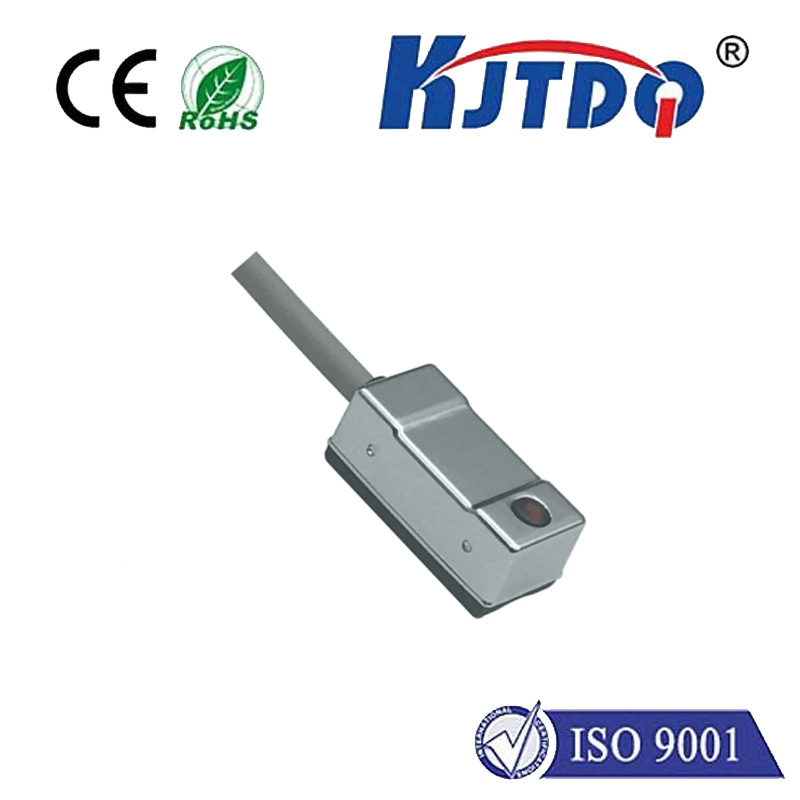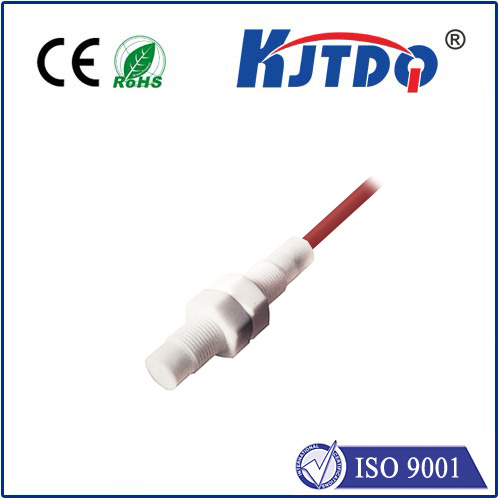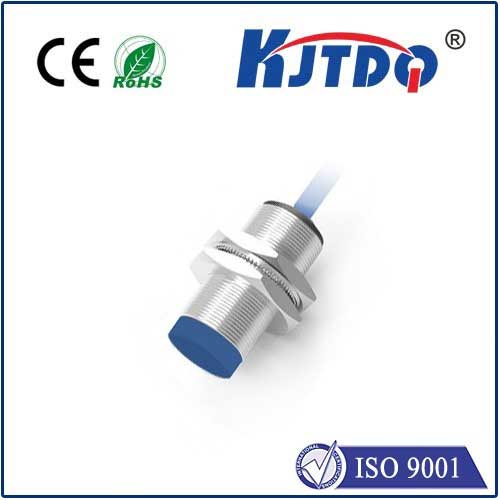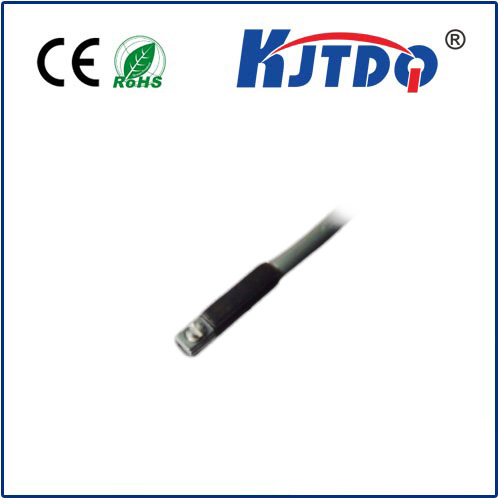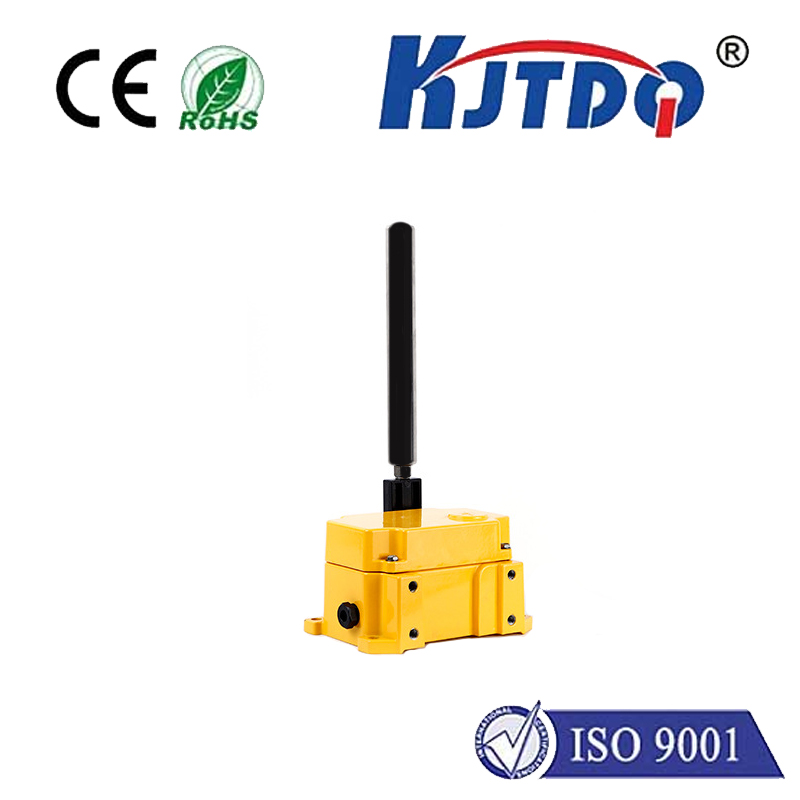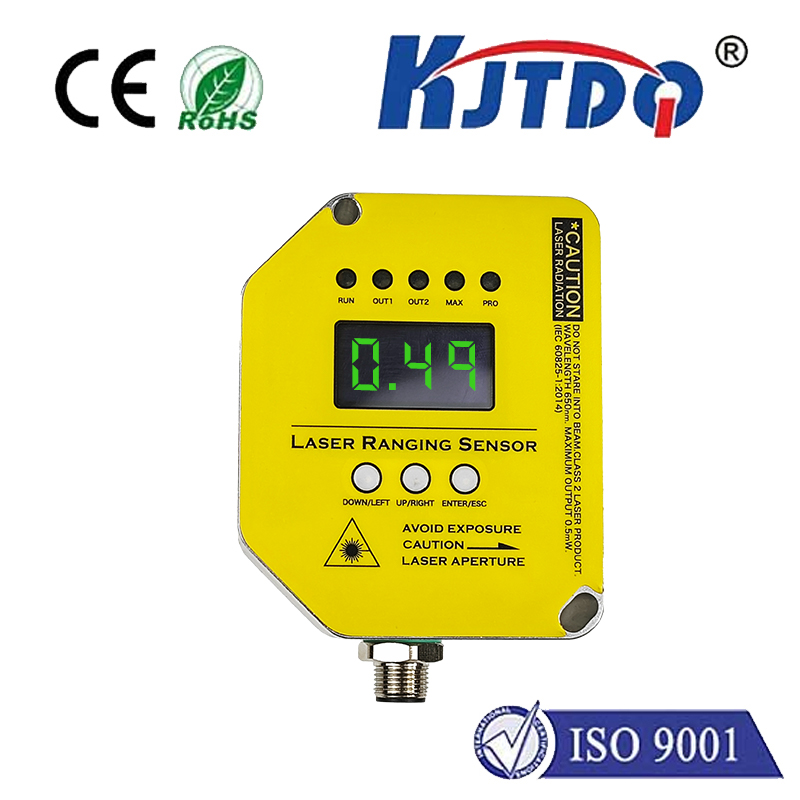m6 inductive proximity sensor
- time:2025-09-07 01:04:42
- Click:0
M6 Inductive Proximity Sensors: Compact Detection Powerhouses
Imagine needing to know if a tiny metal component is perfectly positioned on a high-speed assembly line, or ensuring a robotic arm stops precisely before collision, all within the grime and vibration of a factory floor. This is the demanding world where M6 inductive proximity sensors truly shine. Representing the smallest common form factor in the inductive sensor family, these compact marvels deliver robust, non-contact metal detection in incredibly space-constrained applications. Their small size belies significant capability, making them indispensable across industrial automation. Let’s delve into what makes the M6 inductive sensor a critical component in modern machinery.
At Their Core: How M6 Inductive Sensors Work
The fundamental principle behind any inductive proximity sensor, including the M6, is electromagnetic induction. Here’s a simplified breakdown of their operation:
- Generating the Field: Inside the sensor’s sensing face (the active end), a coil of wire is energised by an oscillator circuit, creating a high-frequency alternating magnetic field.
- Detecting Presence: When a ferrous (iron-based) or non-ferrous (like aluminum, brass, copper) metal object enters this magnetic field, eddy currents are induced on the object’s surface.
- Sensing the Change: These eddy currents draw energy from the sensor’s internal oscillator circuit, effectively damping the oscillation.
- Triggering the Output: The sensor’s electronics monitor the amplitude of this oscillation. When the damping reaches a pre-set threshold (meaning an object is sufficiently close), the sensor triggers its electronic output switch (typically PNP or NPN transistor-based, sourcing or sinking current). The output state changes (e.g., turns ON or OFF), sending a signal to the connected control system like a PLC. Crucially, this detection happens without any physical contact.
Small Stature, Defined Specs: M6 Sensor Characteristics

The designation “M6” primarily refers to the sensor’s threaded barrel diameter: 6 millimeters. This compact size is their defining feature and key advantage. Beyond size, crucial characteristics include:
- Sensing Range: M6 sensors offer relatively short sensing ranges, typically ranging from 0.8 mm to 2 mm, depending on the target material (ferrous metals are detected at longer ranges than non-ferrous). This inherent limitation is the trade-off for their miniaturization.
- Mounting: They are almost universally designed for flush mounting via their M6 threaded barrel. This allows them to be easily screwed into a tapped hole or mounting bracket. Non-flush mounting (protruding) is generally not recommended for M6 sensors as it significantly reduces their already small sensing range.
- Housing Material: Common materials include nickel-plated brass or stainless steel (often AISI 303 or 304), chosen for durability and resistance to industrial chemicals/coolants.
- Ingress Protection (IP Rating): M6 sensors typically boast high IP ratings like IP67 or IP68G, meaning they are highly resistant to dust ingress and can withstand temporary immersion or powerful water jets. This robustness is vital for harsh factory environments.
- Output Configuration: Available as:
- Normally Open (NO): Output switches ON when target detected.
- Normally Closed (NC): Output switches OFF when target detected.
- Switching Logic: PNP (sourcing) or NPN (sinking) transistor outputs are standard.
- Analog Output: Less common, but available variants provide a continuous signal proportional to distance.
- Voltage: Widely available for common DC voltages (10-30V DC) and sometimes AC/DC ranges. Voltage tolerance is important for stable industrial power supplies.
Why Choose an M6 Inductive Proximity Sensor?
The advantages of the M6 size make it the go-to choice for specific scenarios:
- Extreme Space Constraints: This is the primary driver. When larger sensors simply won’t fit within the mechanism or mounting location, the M6 inductive proximity sensor is often the only viable non-contact detection solution.
- Reliability in Harsh Environments: The sealed construction and high IP ratings ensure reliable operation despite oil, coolant, dust, chips, and vibration that would cripple mechanical switches or optical sensors.
- High-Speed Operations: With switching frequencies often reaching several hundred Hz to over 1 kHz, M6 sensors excel at detecting very fast-moving or closely spaced targets on conveyor belts or indexing tables.
- Long Service Life & No Wear: Because detection is non-contact, there is no mechanical wear on the sensor or the target. This translates to virtually maintenance-free operation and exceptional longevity compared to mechanical limit switches.
- Resistance to Contaminants: Inductive sensors are largely unaffected by dust, dirt, oil, and water splashes (unlike optical sensors which can be blinded by grime). Their immunity to surface contaminants is a major asset.
- Simple Installation & Integration: The standardized M6 threaded barrel makes installation straightforward. Wiring is simple (typically 2 or 3 wires for DC models), and integration into PLC control systems is universal.
Where Are M6 Inductive Proximity Sensors Used?
Their compact size and ruggedness make them ubiquitous in automated systems:
- Machine Tools: Detecting tool presence in spindles, confirming cartridges are loaded, end-of-travel limits on slides, chuck jaw position.
- Packaging Machinery: Verifying cap presence on bottles, detecting foil seals, confirming case flaps are closed, tracking position on fillers/cappers.
- Robotics: Arm end-position detection, gripper confirmation (open/closed), tool changer position.
- Conveyor Systems: Detecting small metal parts on fast-moving conveyors, confirming diverters are in position, checking for jams.
- Material Handling: Confirming pallet presence, detecting metal slugs or components in feeders, checking lift positions.
- Automotive Assembly: Verifying tiny fasteners are present, confirming component seating, end-of-stroke detection on small actuators.
- Textile Machinery: Detecting needles, shuttles, or metal guides.
Optimizing Performance: Installation Considerations
To get the best performance from your M6 inductive proximity sensor:
- Mount Flush: Ensure the sensor is flush-mounted or recessed within its metallic housing/mounting bracket. Protruding mounting drastically reduces range.
- Mind the Target: Use the specified standard target (usually mild steel) for range specifications. Non-ferrous metals require closer proximity. Ensure the target is large enough – usually at least the size of the sensing face.
- Environment: While tough, avoid mounting directly in streams of heavy metal chips or welding spatter. Extreme heat beyond specifications can damage them.
- Wiring: Use shielded cable for long runs or in electrically noisy environments. Connect the shield properly at the controller end. Ensure correct polarity (especially for DC 3-wire models).
- Clearance: Maintain sufficient clearance (lateral and axial) between adjacent sensors to prevent mutual interference of their magnetic fields.
The **M6 inductive proximity sensor






